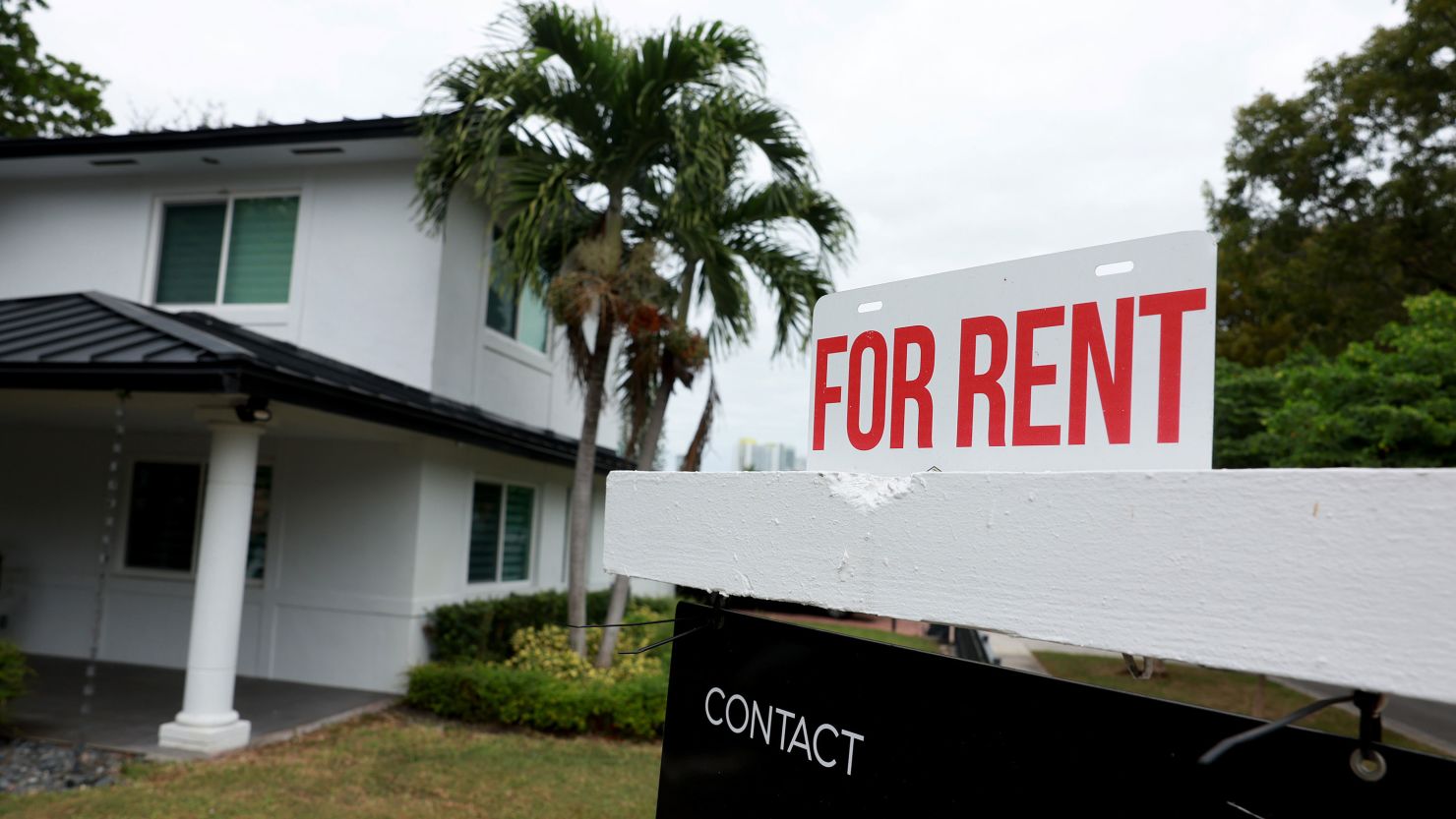
Renters and homeowners experience inflation differently; and right now, renters are taking a much more painful hit.
Consumer Price Index data released Thursday showed that inflation was at 3.4% in December. It was the highest level since September and a jump from November’s 3.1% reading.
“The December inflation report provides a stark reminder that getting inflation down those last couple of percentage points is not going to be easy,” Lisa Sturtevant, chief economist at Bright MLS, said in a statement.
While shelter inflation has come down over the past few months, in December, the shelter index was still 6.2% higher year over year. That increase accounted for two-thirds of the total rise in the price index, excluding food and energy.
While shelter costs are down from their 8.2% peak in March 2023, they likely need to fall to roughly 3.5% for inflation to come in consistently on target, Danielle Hale, chief economist for Realtor.com, said in a statement.
Inflation divide between renters and homeowners
Two things are driving the divide between how homeowners and renters experience inflation.
First, while most homeowners’ monthly payments have not risen, the cost of renting has surged. Rent jumped 11% in 2022 from the year before. It also climbed higher in 2023, although at a significantly slower pace. Rent prices increased just 0.2% last year, according to Realtor.com.
As of November, the price of rent nationally was up 22% compared to pre-pandemic levels, according to Realtor.com.
Meanwhile, because most homeowners have a fixed-rate loan, their costs have not changed even as mortgage rates have soared during the Fed’s historic effort to rein in inflation.
The average rate for a 30-year fixed mortgage hit a 2023 high of 7.79% at the end of October.
Those high home prices and soaring mortgage rates created the least affordable housing market in 40 years.
However, over 90% of homeowners continued to pay exceptionally low mortgage payments last year, with a rate that is 6% or lower, and were insulated from rates being driven higher by inflation.
And 64% of homeowners have a mortgage rate of 4% or lower — more than two and a half percentage points lower than prevailing rates.
The second reason renters are feeling more pain is due to the disparity in pay between the typical homeowner and a typical renter.
Even if the typical mortgage payment is higher than a typical monthly rent payment, renters’ incomes tend to be lower than homeowners. This means renters generally put a larger share of their income toward their shelter costs than homeowners do.
That is leading renters to pull back on their discretionary spending more than homeowners, according to recent research from the Bank of America Institute.
Shelter data lags
The CPI’s measurement of housing prices is somewhat backwards-looking due to how BLS captures the data. There is also an inherent lag in measuring leases since they’re typically renewed on a 12-month basis.
Looking ahead, there’s good news for renters. National rents have been trending down for months and soon the government’s data will catch up to that trend.
Market-asking rents marked their seventh month of declines in December, according to Realtor.com.
And the rental market is expected to continue to weaken. The forecast for 2024 is for rents to drop by 0.2% by the end of 2024.
“As much-needed supply is completed and becomes available, I expect further slowing of shelter inflation and thus the overall rate of price gains in the months ahead,” said Hale in a statement.
CNN





